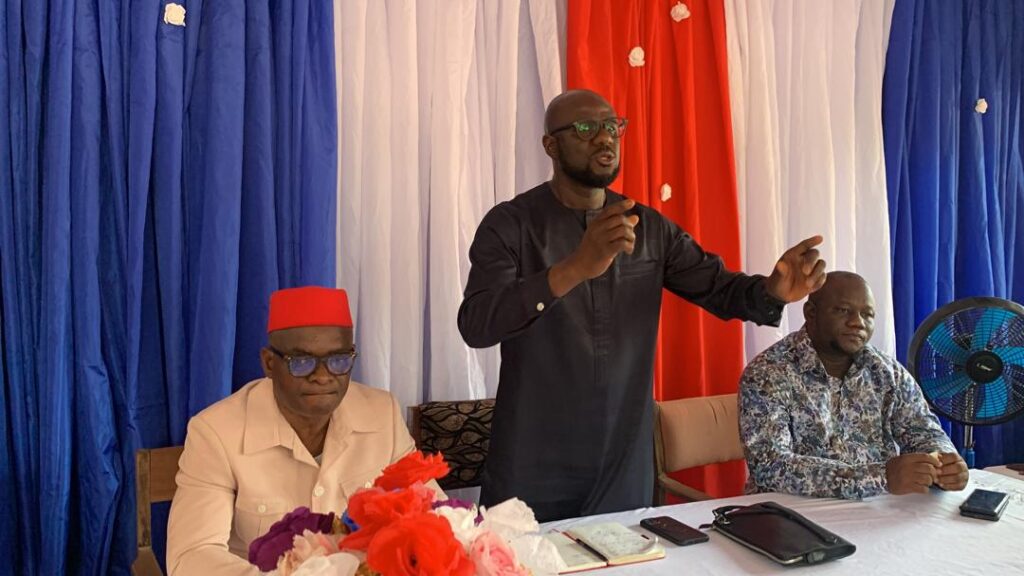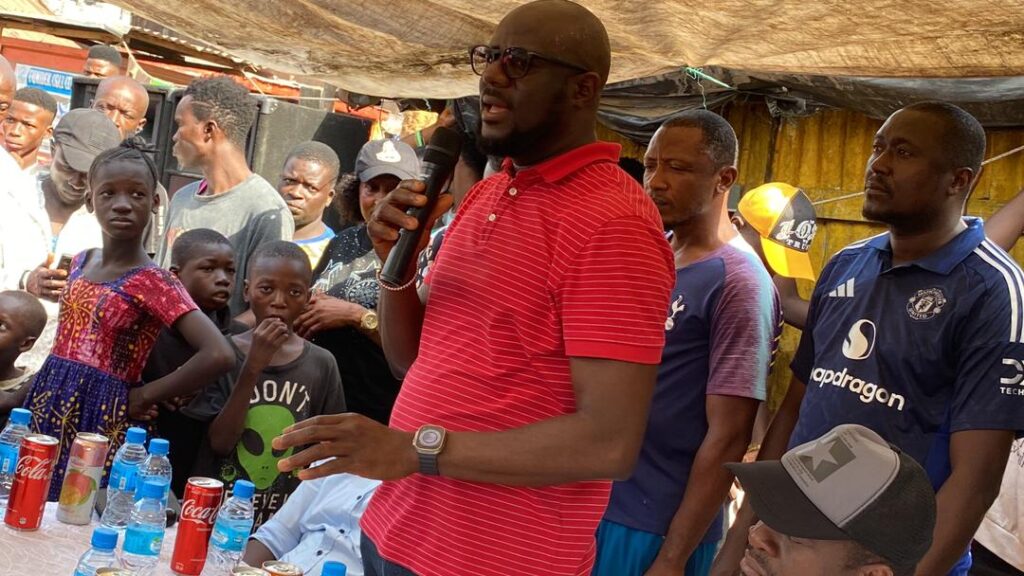Building Forward: Sierra Leone’s Development Drive in 2025

In 2025, Sierra Leone is charting a bold path toward national development, driven by a blend of government ambition, private sector growth, and international support. After years of economic hardship, health crises, and infrastructure challenges, the nation is embracing a new era of transformation focused on resilience, innovation, and inclusion. Infrastructure: Laying the Foundations Massive infrastructure projects are at the heart of Sierra Leone’s development strategy. Roads connecting rural towns to major cities are being paved or rehabilitated, making transportation of goods and people easier and more reliable. The long-awaited Lungi Bridge Project—which aims to link the Lungi International Airport directly to Freetown—is back in the spotlight, with renewed funding talks and feasibility updates underway. Power supply has also seen marginal improvement. The Bumbuna II Hydroelectric Project is finally operational, promising to reduce reliance on expensive diesel generators and bring more stable electricity to homes and businesses. Education and Youth Empowerment With a young population and growing demand for skilled labor, education reform has taken center stage. The government continues to expand its Free Quality School Education (FQSE) initiative, focusing on training teachers, improving school infrastructure, and incorporating digital learning tools. Additionally, technical and vocational training centers are being established to provide practical skills in construction, agriculture, and information technology. Youth unemployment remains a serious concern, but new entrepreneurship programs—some backed by the African Development Bank and UNDP—are giving young Sierra Leoneans a platform to innovate and thrive. Economic Diversification and Private Sector Growth While mining remains a major economic driver, Sierra Leone is actively working to diversify its economy. Agriculture is being revived through mechanization and access to markets, with rice, cocoa, and cassava production on the rise. In urban areas, small and medium enterprises (SMEs) are getting a boost through microfinancing and business incubation hubs. Tourism is another emerging sector, with the government promoting Sierra Leone’s pristine beaches, wildlife, and cultural heritage as untapped gems of West Africa. Efforts are underway to improve hotel infrastructure, safety, and marketing to attract international visitors. Digital Transformation and Innovation Technology is playing a growing role in the country’s development efforts. From e-governance platforms that streamline public services to fintech startups that provide mobile banking in underserved areas, digital solutions are helping bridge historical gaps in access and efficiency. The newly formed Ministry of Innovation and Digital Economy is partnering with international tech firms to boost digital literacy and expand internet coverage in both urban and rural communities. Challenges Ahead Despite the positive momentum, Sierra Leone continues to grapple with challenges—corruption, climate vulnerability, and public service delivery inefficiencies among them. However, public discourse is increasingly focused on accountability and long-term impact, showing a maturing democracy and a population eager for progress. Conclusion Sierra Leone’s development story in 2025 is one of cautious optimism. The foundations are being laid—not just in concrete and steel, but in minds, policies, and ambitions. If the current trajectory holds, the country may well become one of West Africa’s most inspiring comeback stories.
Navigating Change: The Shifting Landscape of Sierra Leonean Politics

Sierra Leone, a nation with a rich tapestry of history and resilience, continues to shape its democratic journey through a dynamic political landscape. Over the past few years, the West African country has witnessed a growing interest in governance reforms, youth participation, and transparency. The country’s two dominant political parties, the Sierra Leone People’s Party (SLPP) and the All People’s Congress (APC), remain at the heart of national politics. However, recent elections have shown an increasing demand for alternative voices and fresh leadership. Civil society groups and independent candidates are gaining traction, particularly in urban centers like Freetown and Bo. One of the key issues facing Sierra Leone is the push for constitutional reform. Advocates argue that a more modern and inclusive constitution could enhance checks and balances, improve judicial independence, and provide stronger protections for minority groups. Meanwhile, critics caution against rushed changes without widespread public consultation. In 2024, the country made headlines for its peaceful general elections, widely praised by international observers despite isolated incidents of unrest. Voter turnout was high, especially among the youth, many of whom voiced concerns over unemployment, corruption, and access to quality education. Another prominent theme in Sierra Leonean politics is the growing role of digital activism. Social media platforms have become key tools for political engagement, holding leaders accountable and amplifying grassroots movements. From Twitter spaces to WhatsApp groups, citizens are organizing, debating, and mobilizing in ways that were previously unimaginable. Despite challenges, there is cautious optimism about the future. Economic recovery efforts post-COVID-19, alongside foreign investments in mining and infrastructure, are giving the government new tools to address long-standing issues. Yet, political observers note that sustained progress will require inclusive governance and consistent pressure from an informed electorate. As Sierra Leone continues to evolve, its political story remains one of resilience, reform, and hope.
